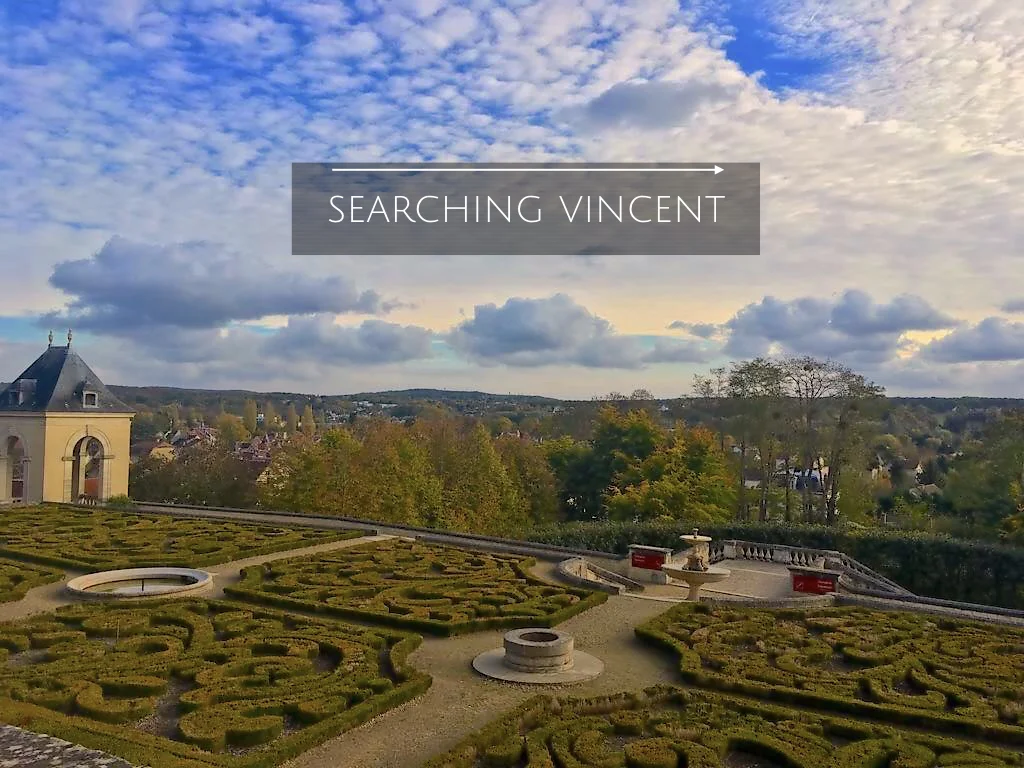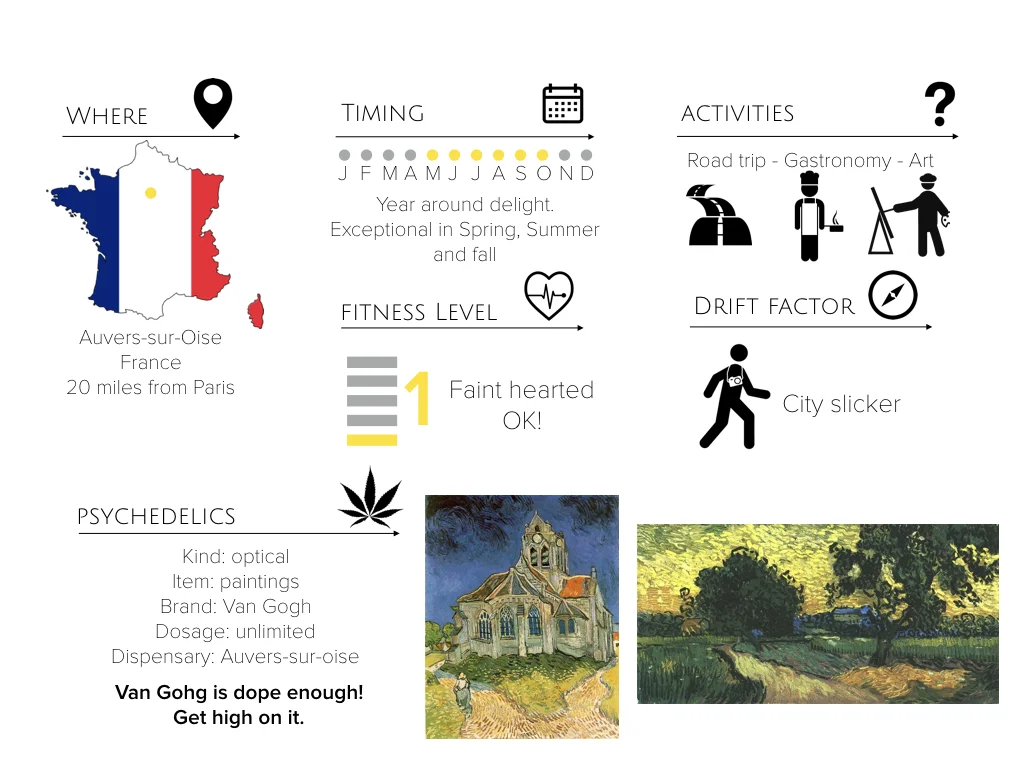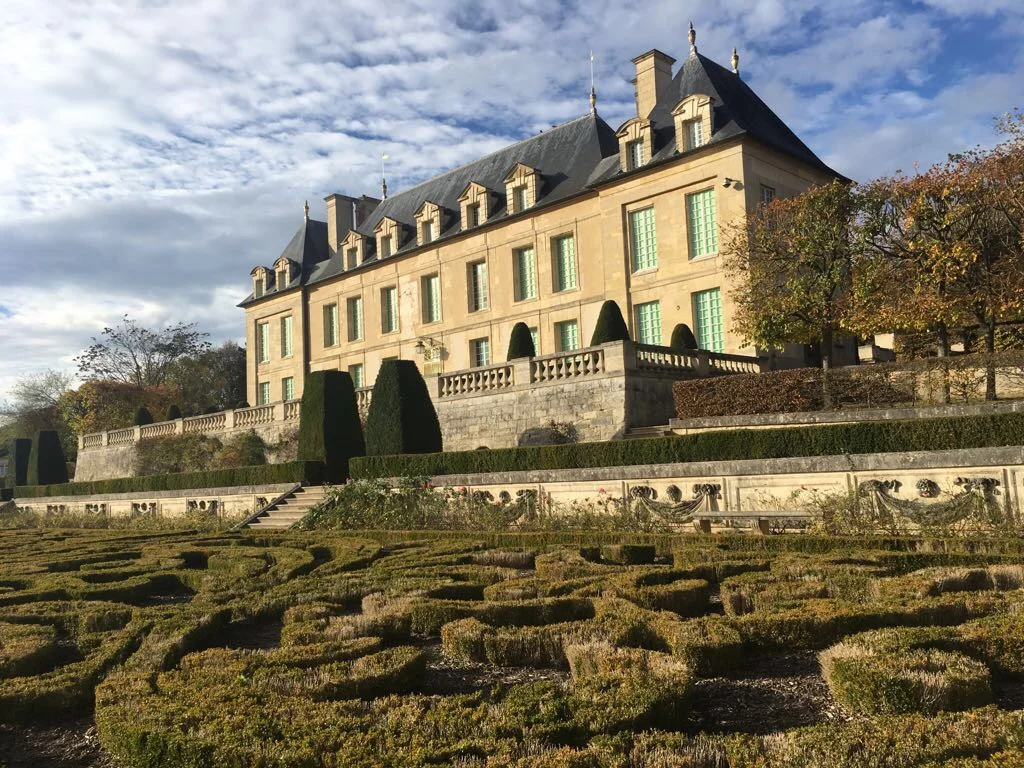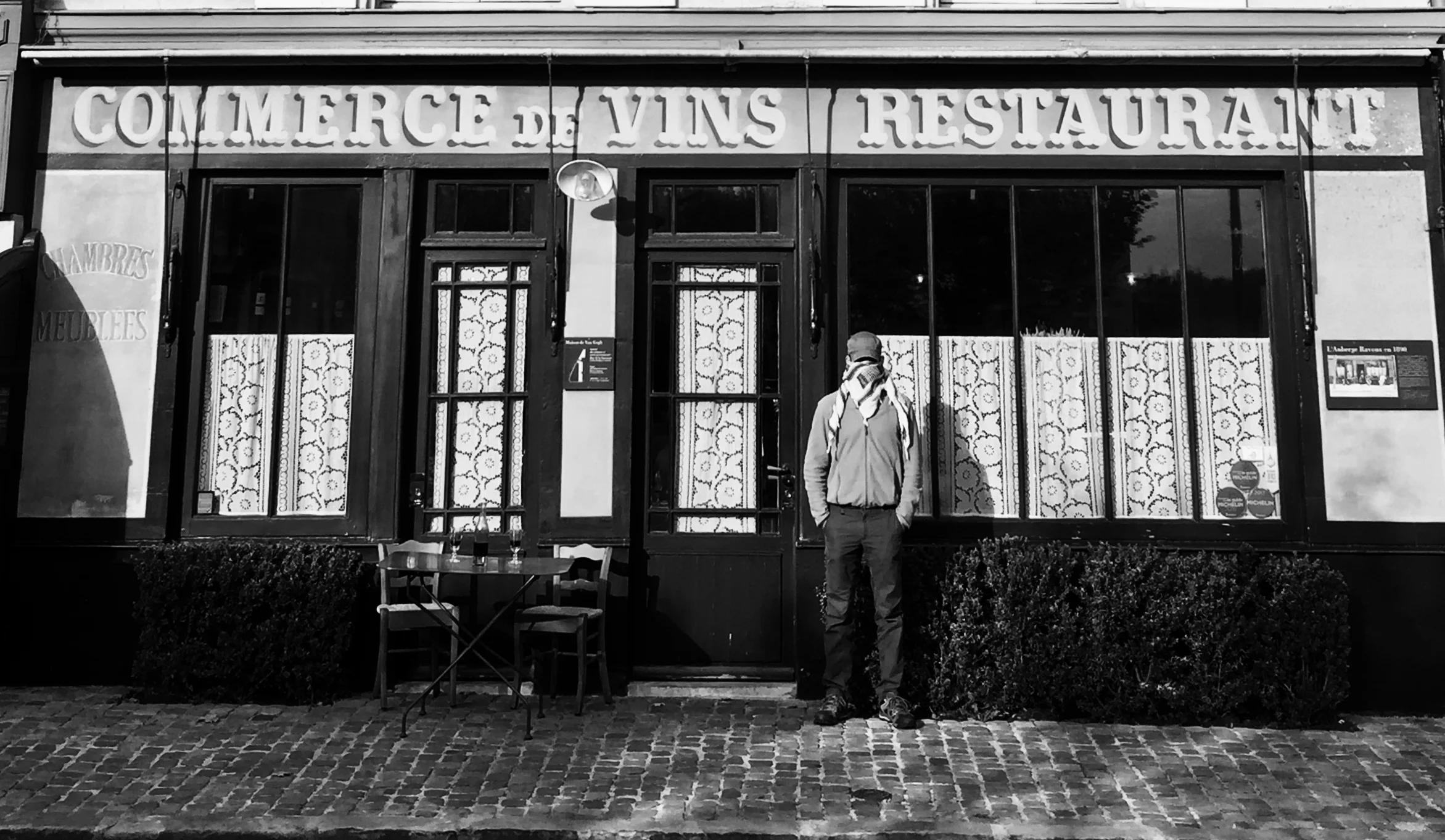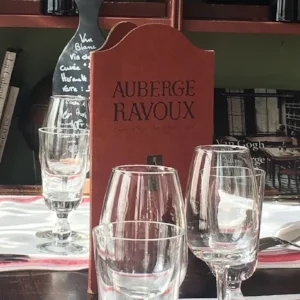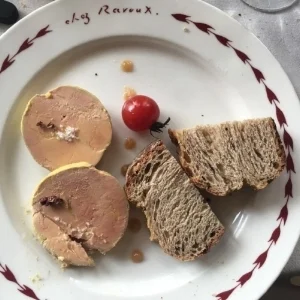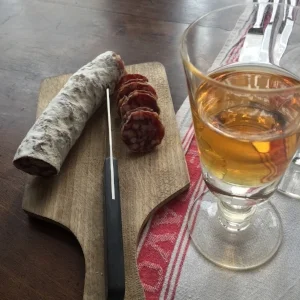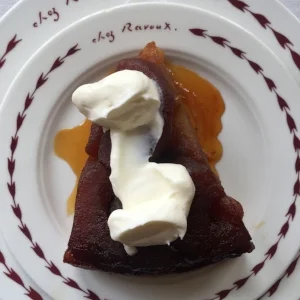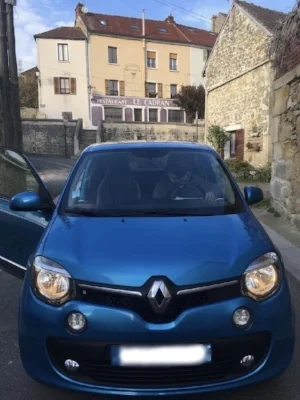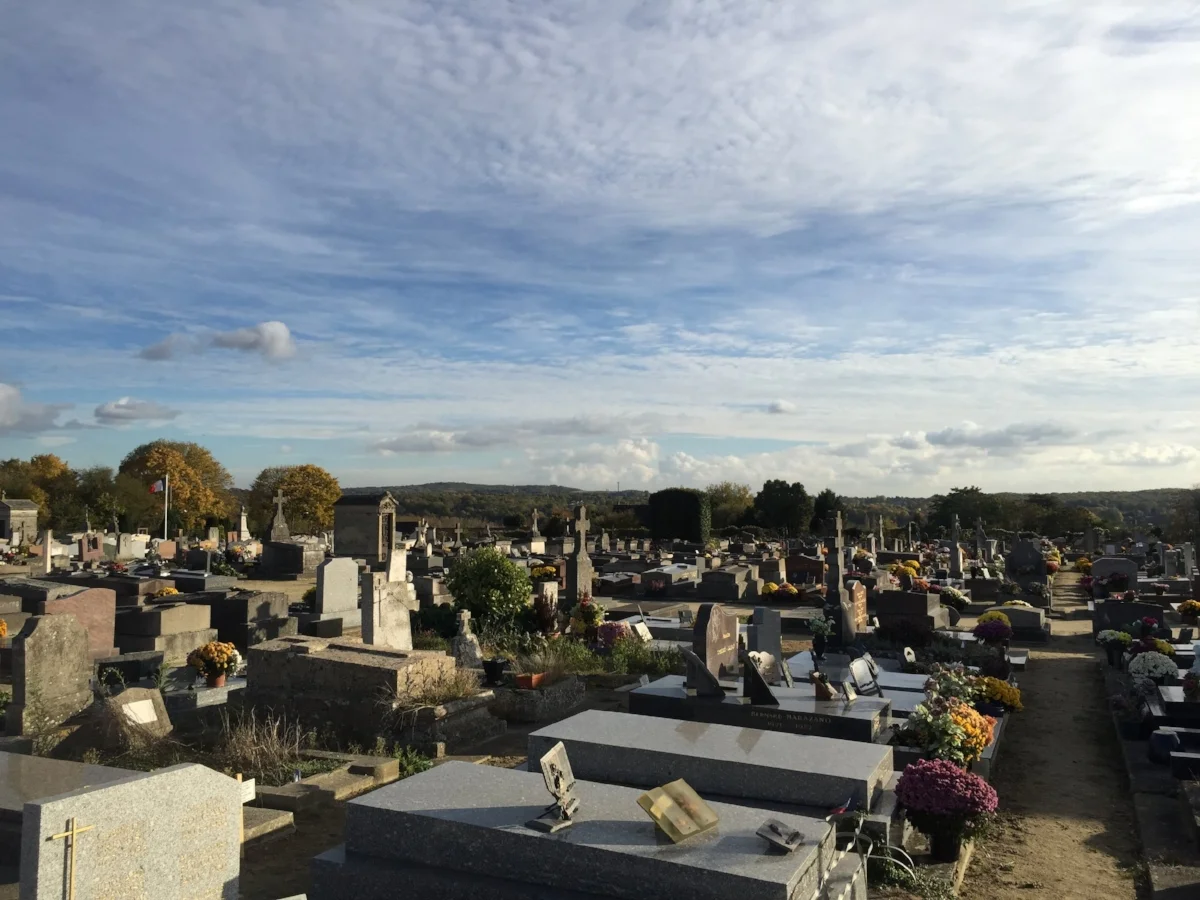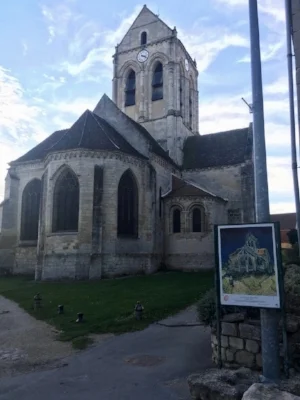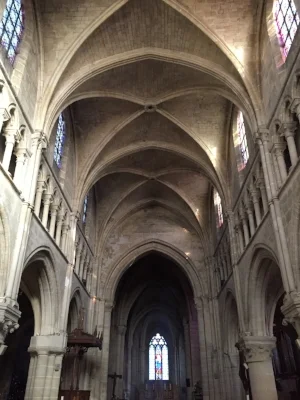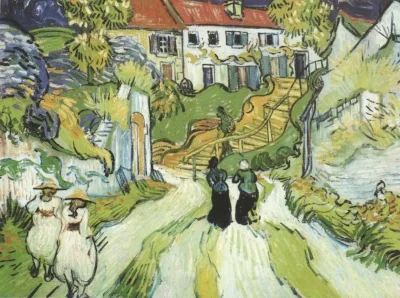Auvers-sur-Oise, France
Van Gogh. Naturally the name carries the ultimate mystic. If you are into art, into painting, into anything creative and beautiful, or not… chances are you know the name. We happen to be art lovers and by that we mean nothing fancy or literate. We mean we are fascinated by the pursuit of beauty for its own sake, for those vision-drifters who see the world as no one else does, shapes and colors that make no sense to the rest of us. They are the quintessential drifters and the dutch artist is one of their most iconic member. This is why Loving Vincent carved such a deep drift way for deesh dash (see our review here).
Let us make something clear first, we are not art specialists. We only crave the vision, we want to feel the search, and what we know we learnt on the road. If you know nothing about art, even if you don’t know Van Gogh at all, you can still experience his energy. We are only familiar with the surface of his work and life, the Sunflowers, the Room, the auto portrait, his relationship with his brother, his misunderstood vision, his drifting through France… So many visionary artists have in common their restlessness, their constant roaming, their drive to explore. Van Gogh lived in many different places throughout his 37 years. He moved constantly, and produced most of his art in France, chasing lights from the bright South to the intense North of the country. We relate. We crave. It makes sense to us. We have drifted many times in Europe, roamed France and explored the Netherlands (where incidentally, we visited the Van Gogh Museum).
Loving Vincent retraces part of this itinerary, and focuses most specifically on the painter’s last location, the town of Auvers-Sur-Oise near Paris. It is where he pushed his art to its outer limits, where his mental illness caught up with his and where he finally died of self-inflicted gunshot. As we came out of the theater that rainy Sunday in New York, we felt an irresistible call to go there and see the place with our own eyes. What would the village look like? Could we feel any closer from his vision? We wanted more of that sensation we experienced watching the film, so powerful, so raw, so revealing, that moment when Neo suddenly sees through the Matrix.
So, we decided to go see for ourselves.
A few weeks later we land in Paris. We rent a car and as we drive away, we enjoy the sight of the French country side. The airport is about thirty miles away from Auvers. Progressively the land loses its flatness and green hills emerge. After forty-five minutes, we come down from one of those hills and cross the river Oise into a charming little village. Butcher shop, cafes, bakeries line up on main street, until the town market and the City Hall plaza. The delicious pace of small towns, colored by flavors of authentic craftsmanship under the bright grey light of overcast skies instantly capture our imagination. We feel close from Van Gogh, we believe we understand what he felt here. The town is built between the river and a steep hill. Its medieval roots are revealed in its irregular layout, it’s extremely narrow streets and one-way passages, its old stones and its church. Three is also a very pretty XVIIth century castle.
It is enchanting, in every season, whatever the weather. Today some heavy clouds fly in low formation as World War II bombers. Yet the swirling light brushes glowing shades of white, and let the sun laser shoots rays of gold from time to time.
We go straight to the Auberge Ravoux also called Maison de Van Gogh. The place has a central role in Loving Vincent. It is the place where he spent the last two months of his life and eventually died. Its façade has been kept exactly the way it was then. The shades, the curtains inside, the painting of the inn’s name are exactly as they were. They even leave a table and two chairs outside with a bottle of wine and two glasses on it.
The Auberge Ravoux in 1890
It is standing at the corner of rue du General de Gaulle and rue de la Sansonne and features several buildings behind the main restaurant and hotel on main street. We decide to have lunch there, to spend sometimes between those walls which have heard his voice, felt his despair, received his last breath.
The restaurant is on the good side of posh. It advertises itself as somewhat fancy, with its menu of homemade dishes such as the “Gigot d’agneau français dit ‘de sept heures’”, a delightful rack of lamb in a very light wine sauce, and its “foie gras maison”, an extremely flavorful duck liver medallion which, paired with the right wine is just heaven.
But it is affordable and the service is efficient. We go through delicious wines, appetizers, crafty entrees and plentiful desert. After the feast, it is time to walk and retrace the steps of our beloved master.
We walk uphill to the castle, the very neatly maintained garden of which offers a fantastic view of the valley of Oise. We keep on exploring and follow the route to Docteur Gachet’s house, an art enthusiast who had befriended and been painted by Van Gogh. The streets are slithering on the hill side, narrow and stony, with weirdly shaped houses defying all laws of modern architecture to adapt to the rebellious terrain and form coherent blocks (when you ride a horse or a carriage that is). As we turn and circle around the steep streets, a swirling feeling emerges that could easily confuse any sense of perspective and orientation. As we are drawn to climb the hill to chase a higher view of the valley, retreating from the depth of the village, the merger between buildings and trees becomes more and more symbiotic. Narrow stairways and streets are intertwined and would probably challenge a large vehicle, but luckily, we chose the smallest we could find, an electric blue Renault Twingo which looks like a key ring compared to the average American vehicles.
We drive by the church in the direction of the cemetery where Theo and Vincent are buried.Cemeteries are usually powerful places in Europe, especially in France. They were often built on prime real estate and tend to be very green as well as dense. The cemetery in Auvers-sur-Oise is no exception. It is located on the highest point of the dominating hill above the town, surrounded by a stone wall and beyond, fields of wheat and barley. It is soft, quiet and spacious. It exhales a unique peacefulness that infiltrates the soul as soon as one walks in. The soft crunchy noise of the fine gravel paths throughout the sections lulls us into a kind of trance. The view of the valley is even more spectacular that it was at the castle. Beyond the lower fields are forests that seem to undulate endlessly as far as our vision can reach, far beyond the horizon. It is early November and Autumn here is still visible… this ocean of vegetation shines of a million sparkles of gold and purple…
Here, long before we reach the Van Gogh brothers’ tombstones, we find Vincent again. As we walk slowly, agitated rays of sunlight rain on the waves of trees, twisted straight lines and straight natural curves mingle into bright yellow swirls. Van Gogh’s mental illness suddenly dissipates and becomes the physical reality. He was judged crazy and his paintings were held as proof of his madness as they represented an insane version of the world, where rules were bent and colors were a revoltingly bright. The brush strokes of the master were interpreted as single expressions of his dementia. And yet, it is all right here in this cemetery in this little town of the northern suburb of Paris. Anyone can see it, anyone looking can feel Van Gogh’s vision.
We finally walk to the grave, intimidated. For some reason, we collectively inflate the meaning of our tombs. Everyone understands that they talk more about one’s circumstances and surroundings that about oneself. And yet we are always searching for some transcendent meaning there, the one place that by definition, has none. Regardless, Theo and Vincent’s grave is simple and beautiful. The tombstones, adorned with yellow fresh flowers, are raw and pure, at the head of a bed of honeysuckle. We breathe deep to avoid any thought, any temptation to create meaning… however we let ourselves feel joyful, thinking that Vincent has literally become a subject of his own art.
We walk down the path that leads to the church. In front of the beautiful gothic building, the town has placed a sign with information about the painter, his stay in Auvers and an image of the painting he made of the Church. Considering the angle, the sign must be erected almost exactly where Vincent placed his easel, so that it is easy to compare exactly the model and its rendition. The church is old and its gothic lines are irregular, testimony of a time where architecture did not rely on precise measurements and advanced engineering methods. Vincent’s church looks as if it was slowly melting which betrays the eye, but resonates with the “vibration” of the building. It is an intensely beautiful place.
This is where we run into them for the third time. We met them first as we came out of the restaurant. A young couple with whom we struck a casual conversation, complaining that we could not access the painter’s room that’s above the dining room, open for visits from May to end of October. We had then run into them again as we arrived at the cemetery and they were walking down to the church. And now as they exit the building that we were entering. It turns out they are from Tennessee and we are instantly curious about their story. It is the first time they travel outside the United States. They had a few days without their young children and decided to take a trip. They considered New York, but saw that they could get tickets to Paris for the same price and decided to go on an adventure. We recognize fellow drifters! We offer them a ride back to Paris… we drift together happily and decide to meet again someday soon, in Tennessee or elsewhere. We were searching for Vincent… and in this beautiful town that saw the last of him and his art, we found a vision and two friends. The essence of drifting, the heart of deesh dash.

